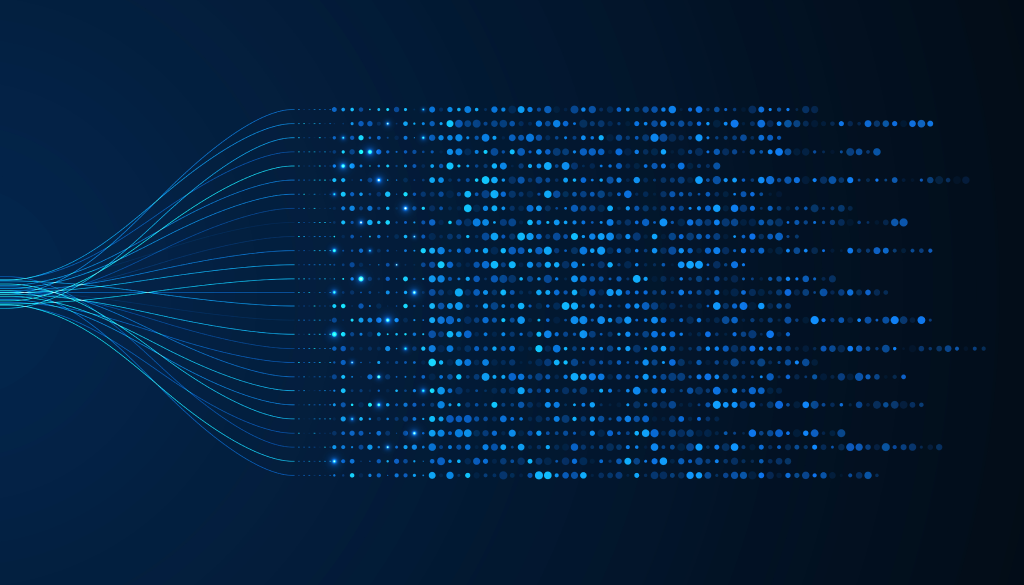How AI Tools are Changing the HR Industry
HR professionals juggle a wide range of critical tasks, such as hiring and onboarding talent, making organizational policies, and engaging and retaining talent, among other things. Traditionally, HRs have worked with minimal automation, affecting the accuracy and efficiency of their processes.
However, due to rapid developments in AI, HR professionals are increasingly pivoting toward AI tools that streamline their work. These tools deliver faster and more efficient results. With smarter algorithms and automated workflows, AI is enabling HR teams to work more efficiently, make data-driven decisions, and boost overall productivity.

In this post, you will get an overview of how modern AI tools are changing the HR industry, new possibilities, the challenges they pose, and why human oversight still matters.
Role of AI in the HR Industry
While AI offers benefits across industries, the impact of AI in the HR industry is especially significant in these four key areas
1. Recruitment and Talent Acquisition
AI tools can swiftly go through thousands of resumes in seconds, scanning potential candidates based on the pre-defined criteria or keywords in the system. The advanced systems also support predictive hiring by matching the candidate’s skills to the job requirements, easing the workflow of HR professionals.
These tools also make it incredibly easy to interview thousands of candidates at once, making recruitment easier than ever. Solutions like AI-powered chatbots can further streamline this process by handling initial candidate queries, pre-screening, and scheduling, freeing up valuable HR time. Take Jobma, for example – an AI video interviewing platform supports one-way video interviews, allowing recruiters to quickly assess candidate responses, filter out quality candidates, and reduce time-to-hire. At the same time, using a form tracking solution helps HR teams monitor application forms, detect drop-offs, and ensure no qualified candidate is lost due to broken or incomplete submissions. This allows recruiters to combine AI-driven efficiency with reliable data capture.
Speaking of automation and AI support, there are various providers offering AI voice agents, such as CloudTalk, which allow HR teams to automate their first-round candidate calls. This saves valuable time by handling initial screenings, answering basic questions, and ensuring a smoother, faster hiring process.
Similarly, Marlee goes beyond traditional filters by applying behavioral science and AI to uncover how a candidate’s core motivations, values, and traits align with a company’s culture and role expectations. This enables teams to make more informed hiring decisions while reducing bias and reliance on resumes alone.

However, no matter how advanced artificial intelligence has become, the tech may still be susceptible to rare slip-ups and errors. It can cause a lapse in judgment when finalizing a candidate or otherwise.
This is why it is always recommended that human resource professionals supervise AI processes and double-check their verdicts to ensure accuracy.
2. Onboarding and Training
Not only recruitment, but AI also helps in employee onboarding and training. As soon as a candidate is hired, AI can analyze their job application and profile to identify patterns in learning, career paths, and more. Based on its analysis, it can recommend relevant courses they can take to further upskill themselves and contribute more effectively.
Some tools even offer personalized onboarding experiences—ranging from interactive dashboards to guided tutorials—sometimes enhanced by features like AI voice for delivering dynamic, human-like training support. This makes the new hire feel supported, reduces friction, and helps them perform better from the start, improving long-term retention.
With continuous feedback and adaptive learning modules, AI ensures the training journey aligns with individual growth goals and organizational needs. Moreover, preparing these training materials with AI and refining them with an AI humanizer makes the content sound more natural and engaging, creating a smoother learning experience.
Companies looking to implement tailored solutions should consider opting for the services of an AI development company, as that could unlock new levels of efficiency and personalization in HR strategies.
3. Performance Management
AI tools help you manage employee performance with ease. You can set a specific review period (quarterly, biannually, or annually) to collect reports on employees and track their performance. Some organizations utilize the real-time feedback feature from AI tools and software to spot improvements or issues in the employees’ performance as they happen.
Beyond metrics, such tools also support two-way communication by enabling HR professionals to connect with employees and collect their feedback to understand what’s working well, the challenges they’re facing, and areas where improvements are needed to create a more engaged and productive workforce.
TL; DR: AI tools help HRs strike a balance between employee satisfaction and maximize productivity for the company.
4. Process Automation
An HR professional manages multiple stages of recruitment for an organization, from onboarding to policymaking. Managing all these manually can be overwhelming, and smart AI systems and AI Agents play a critical role in supporting their workflow. With their speed and accuracy, AI tools can make tasks like payroll and tax calculations much more efficient. For example, integrating a VAT calculator into your HR tech stack can help ensure tax deductions are accurate and compliant with regional regulations.
ATS platforms like BambooHR can automate these administrative processes and much more. It reduces the workload, so the human resource professional can focus on more strategic initiatives. By automating routine processes, AI frees up time and mental resources for more impactful decision-making. Similarly, engineering teams rely on DevOps automation tools to remove repetitive manual steps in their pipelines – allowing developers to focus on innovation while automation handles deployment, scaling, and system reliability.

Challenges and Considerations
AI has proven to be a powerful asset in automating HR tasks and processes, but it is far from being perfect. These tools come with their own set of challenges and considerations, all of which we’ll explore in this section.

1. Mistreatment of Data
Most AI models don’t explicitly specify their preferred file format needed for input data during training. As a result, working with poorly formatted and incompatible data can lead to inefficiencies and nuisances including issues with copying and pasting data in the later stages, since they’re not well-trained.
A way out of this is to use the widely accepted file format (e.g., Excel worksheets) so that your AI systems are more likely to process effectively.
There’s another challenge dealing with image-based data, such as scanned documents or screenshots. In such cases, using tools like JPG to Excel Converter can help your AI models extract data accurately and perform better. For HR teams, providing Reading Practice Worksheets during AI training or onboarding programs can also improve employees’ data literacy. These worksheets help staff understand how to interpret and manage datasets correctly, ensuring cleaner data input and better results from AI systems.
Patience is key. Training and fine-tuning AI tools may take some time, but it is worthwhile in the end when results turn out great.
2. Bias in AI Models
Bias can appear in AI models as discrimination against a certain group of people, such as specific races, genders, or backgrounds, discouraging them from applying to a company. This usually happens when the model has been trained on biased and unbalanced datasets or using unreliable AI tools.
So, instead of eliminating biases, AI models may perpetuate existing biases if not monitored or regulated properly.
3. Privacy Concerns
Most candidates and current employees may have concerns about how their data is collected and used by AI tools and software in HR processes.
To combat this, companies must use tools with full transparency and communicate clearly about how the data will be handled. Consent should always be respected, and privacy policy must comply with local and global data protection laws.
4. Need for Human Oversight
If you’re wondering whether AI can replace your HR department, it can’t. Human oversight is essential to monitor and guide the AI models and systems. Humans play a crucial role in identifying biases and verifying that the results produced by AI tools are both fair and accurate.
AI is here to augment the capabilities of a human resources specialist through tools like human resources onboarding software, and not replace them altogether.
Final Thoughts
AI recruitment software is undeniably changing the way the HR industry functions by automating candidate screening, onboarding, performance tracking, and administrative workflows. Leveraging advanced AI Development Services, businesses can build custom solutions that streamline HR operations, reduce bias, and enhance decision-making – transforming talent management into a data-driven, efficient process. And as HR teams explore new tech for smoother communication and collaboration, resources like G2’s employee intranet software reviews can help them find platforms that keep employees connected and engaged.
These tools improve efficiency and boost productivity, ensuring that everyone is performing up to the mark. With that said, there’s still a need for human oversight on AI systems to make sure that there are no inaccuracies or biases in the results, keeping the workflow smooth and fluid.




